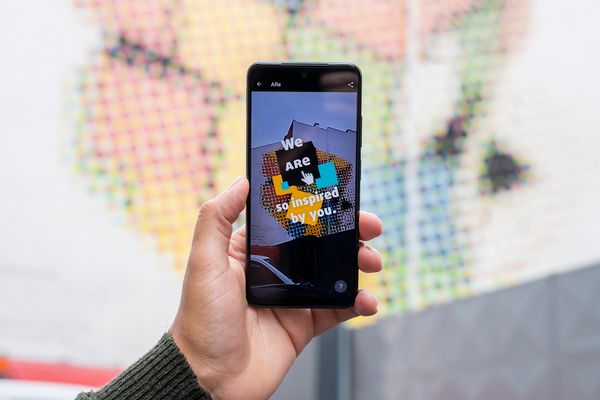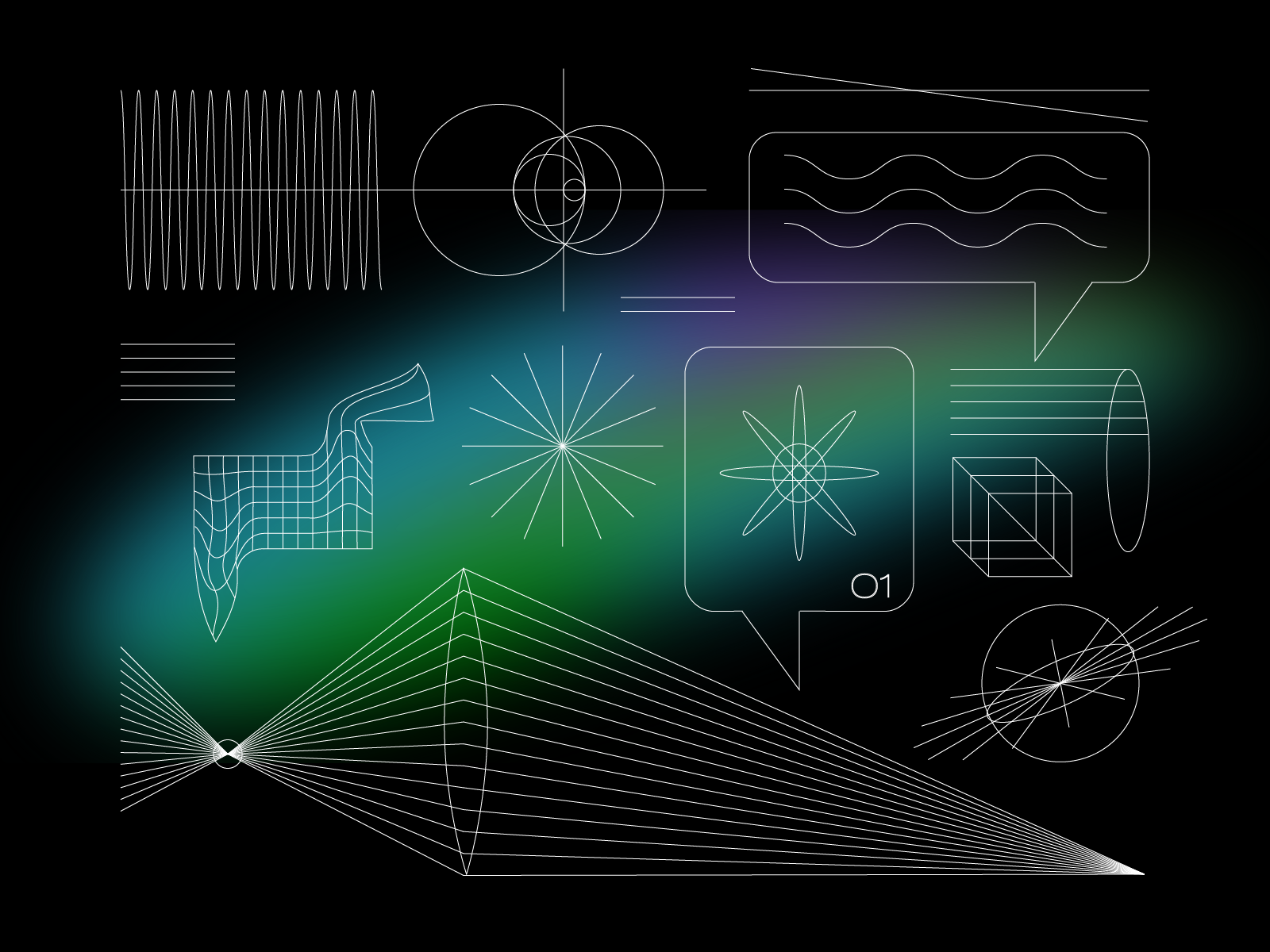What does a physicist do after 11 pm? How can you get into the world’s leading research labs? What were the limitations of basic research in the 1980s and 1990s? We discussed these interesting questions and many more with Csaba Tóth, Ph.D., staff scientist and operations coordinator of the BELLA Center. Part I.
As you look back on your career, why do you think it is a good career choice to be a physicist?
My experience is that as a physicist, you can spend your life dealing with similar issues as the questions you were fascinated by as a child: Why do things move? Why do certain things happen in our world? What lies beneath the surface of a particular phenomenon? Satisfaction or even happiness can derive from figuring out certain things, either on your own or in your studies, and then applying the new knowledge to particular phenomena. This can mean a continuous stream of questions, answering these and the pleasure of the discovered explanations. This is one of the main reasons I became a physicist, it gave me intrinsic motivation, and I still believe that is why it is an excellent choice to become a physicist. When we were students at the ELTE (Eötvös Loránd University of Budapest), we said that we would be able to do anything with the knowledge, methods, and skills we acquired in the physics programme. I remember when György Marx, Professor of the Department of Atomic Physics, said in one of his lectures: „What is physics actually? Physics is what physicists think about after 11 pm. So those topics that we are constantly thinking about; physics is much more than solving the equation of a body sliding down a slope or describing electrical networks. Physics is to find out new things that help us understand the world.
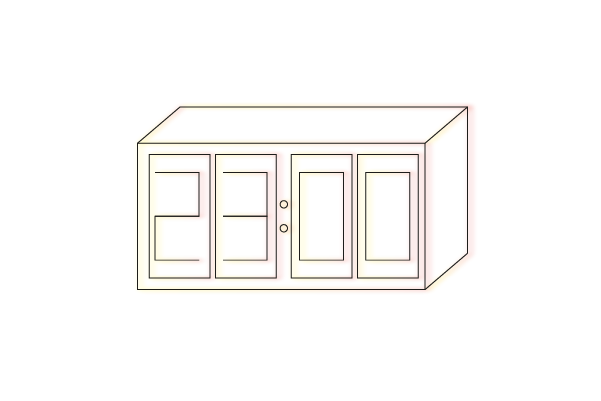
Back in the 1980s, a career in physics also gave you the opportunity to visit different parts of the world; you could go to other countries and meet people through scientific contacts. Nowadays, it is evident that physics is international, but it was a gradual process. In addition, the education that we received as physics students, in mathematics, the principles of physics, and laboratory exercises, gave us a mindset and an approach that we could later apply to other fields. There are engineers and biologists among my former classmates; what is more, some of them work in finance, economics, or computer science. So, our training always encouraged us to examine the problems and try to solve them, whatever the discipline is.
Between 1987 and 1997, you worked alternately in Budapest and Houston. What were the reasons behind this decision? What are the main differences between the two cities and their institutions?
I was involved in international cooperations before through the KFKI (Central Institute for Physical Research of the Hungarian Academy of Sciences). We had participated in 2-4 weeks long cooperation projects in France and Greece with my supervisor, Győző Farkas. The partnership in Houston was based on a recommendation from the Szeged laser group. I would like to recall an important conversation here that the person who said this simple good advice may recognize: „Csaba, I recommend you for the first year, but everything is up to you after that. It is on you how you perform and work there.” I can advise the same to the youth of today. If you get a letter of recommendation for a career-boosting opportunity from someone, it is only valid for the first entry. Then everything is up to you. My first American project was interesting because there was about a 50 percent overlap between the knowledge I already had and the tasks I had to do. I always find this kind of overlap very useful, so if you change a research topic or a job, it is not entirely new, but it is also not 90 percent overlap. Fortunately, I have managed to do that between the two institutions. To get on the differences, in the late ’80s and early ’90s, the acquisition of equipment for scientific experiments in Hungary was very difficult and limited. The Iron Curtain severely limited your options if you wanted to buy some innovative equipment for your lab work or even just a simple tool, material, or spare parts. For example, it was very complicated to obtain a Tektronix oscilloscope, spare parts for it, or a new optical mirror. In contrast, in Houston, it was wonderful that if I needed a high-speed photodetector or a special laser mirror, I just called someone, and in three or four days, the equipment was in my hand. If we had the money, we could order them very quickly. It was such a big change to easily get these types of equipment that it freed up my mind. Around 1994 I worked again at home, in KFKI for one and a half years. I was working on broadening the channels that would make such acquisitions faster. So, if researchers in Hungary wanted to do instrument-intensive research, they could do it more efficiently.

So, these are the two things that I would highlight: The importance of the overlap between different research topics from the individual researcher’s perspective and easier and faster access to the necessary equipment. Bureaucratic constraints ought to be removed as much as possible, and young researchers and their supervisors should get autonomy to decide how they spend the grant that is given to their proposals. Too many administrative barriers significantly slow down the research process.
So, did you stay in the US because of the lack of administrative barriers and the better availability of equipment?
Well, these were not the sole reasons, but it is evident that there were much higher research grants available in the US at that time. Around 1989-90, when changes started in Hungary, everyone hoped that we would get more money for basic research, but our hopes were too high. Of course, there were some reallocations, but it was not easy to get money for basic research for a few years. Later the situation improved a bit, but in the early 1990s, unfortunately, there was still a really significant gap in research opportunities at home and abroad. So, I decided to go to San Diego after Houston because I had the chance to continue my work in a research group where much more funding was available. If we had a good idea, we received enough money and equipment, so we could conduct new experiments and publish the results. I kept in touch to some extent with my colleagues in KFKI, of course, but at that time, most of my research was already done here, in the US.

And how did you end up in San Diego?
The money for our research ran out in Houston; the project was over after we published our articles. My supervisor suggested looking for new opportunities in Hungary or the US. A research group in San Diego was looking for someone who could combine ultrashort pulse research with X-ray experiments. I had experience with this combination, so I applied to a lab at the University of California, San Diego (UCSD), where I could use my expertise on ultrashort laser pulses. It was a big step forward to move experimentally from the picosecond pulse range to the femtosecond range. We worked on research ideas with femtosecond and even attosecond ranges in theory with Győző Farkas, my supervisor, and mentor at KFKI. Nonetheless, it was world-class in San Diego that we could do such experiments in practice, in laboratories with much better conditions. This was a transition period before I decided to stay in the US permanently. At this time, I still thought that we would return after two or three years in San Diego. But unfortunately, there were still very few opportunities in Hungary. It was only in the second half of the 2000s that the possibilities of doing research in my field started to increase again.
Then you moved from San Diego to Berkeley in 2000 to work for the BELLA Center…
Yes, though it was not called “BELLA” yet, it was „LOASIS,” another strange acronym. The subject here was again an interesting combination of my previous expertise and a new field of science. Curiosity and professional interest have driven me. Not just femtosecond pulses or the development of lasers in the X-ray range attracted me, but their new joint application: laser-plasma acceleration. Berkeley was looking for a researcher with a good understanding of femtosecond lasers, who also has some experience in the experimental physics of fundamental interactions, so I applied, and they offered me a job after an interview. This research group was formed at that time; we were trying to experimentally address a new topic: particle acceleration by plasma waves generated by lasers. This has been a rapidly developing area within physics, and I have worked on this in the last 20 years. We conducted the first experiments between 2004 and 2006 with my colleagues in Berkeley, which attracted much international attention. Since then, this field has boomed; there are now 1000-1500 people in at least 15-20 laboratories worldwide working on this topic.
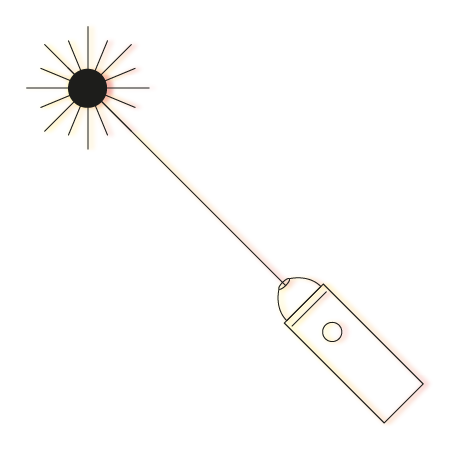
How does a job interview go in a place like BELLA?
I have been through such job interviews twice. Once when I switched from Rice University in Houston to the UCSD, and then when I went from San Diego to Berkeley. They were pretty similar. When you apply for an academic job, it is crucial to communicate your previous publications and expertise in advance, of course. The application process always consists of a lecture, followed by detailed, 30 to 60 minutes interviews with the future colleagues, one by one. Then we visit the laboratory to meet not just the directors of the institute but also the students and the technicians. It is crucial for the applicant and the research group to get to know each other well. After this thorough process, both sides will have reliable information to discuss the details. Later I was also doing interviews with the applicants. This could be a separate profession, and nowadays, a specialist deals with this in the selection committee. But I still say that the most important is to meet with your future colleagues. Coming back to the lab’s name, we renamed it to BELLA in 2012, following a successful PW high-performance cutting-edge laser system project. BELLA stands for Berkeley Lab Laser Accelerator.
Csaba Tóth, Ph.D., is a staff scientist and operations coordinator in the BELLA Center at Lawrence Berkeley National Laboratory. He has more than 30 years of experience in the field of generation and measurement techniques of ultrashort light pulses in the nano-, pico-, femto- and attosecond time scales.
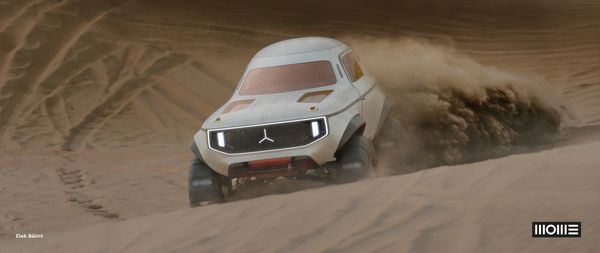
Mercedes-Benz and MOME Budapest celebrate 20 years of collaboration
